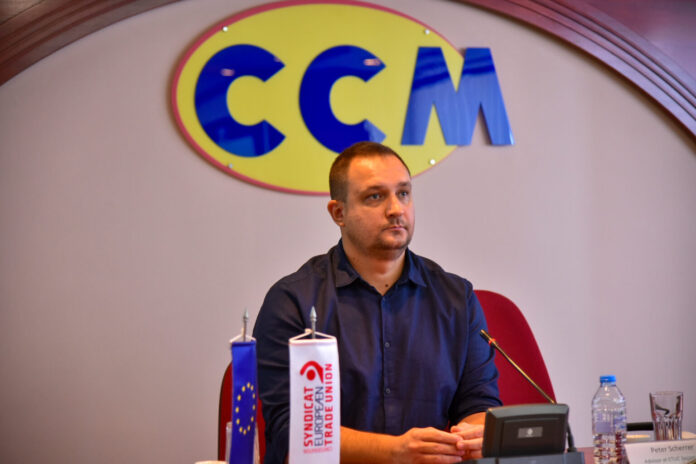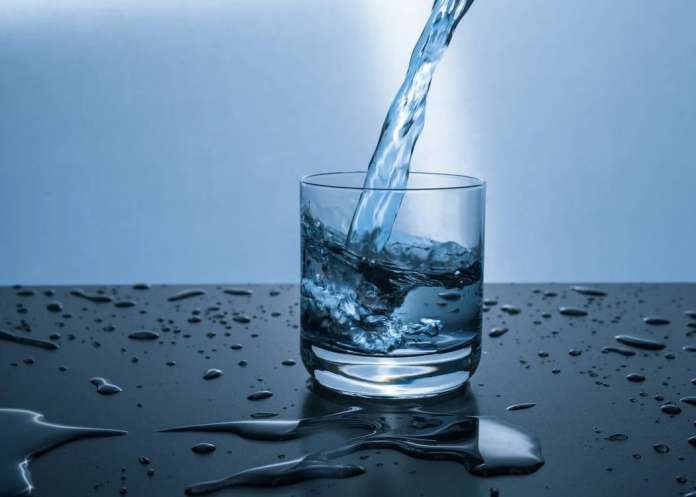Peripheral arterial disease – Nova Makedonija

Author: Ass. Dr. Ivica Bojovski, cardiologist
Peripheral arterial disease (soB) It is a narrowing of the peripheral arteries that carry blood from the heart to other parts of the body. The most common type is peripheral arterial disease of the lower extremities, which reduces blood flow to the legs and feet. Pub of the upper limbs (hands, hands and fingers) is less common, but occurs in about 10% of the population. Narrowing of the arteries occurs with the accumulation of fatty deposits (fat and cholesterol) in the arteries of your feet or hands. This condition makes it difficult for blood to carry oxygen and nutrients to the tissues in those areas.
Risk factors
Risk factors for peripheral arterial disease (pub) are identical to those in the etiology of coronary artery disease. They include traditional risk factors: smoking, dyslipidemia, diabetes and arterial hypertension.
- Smoking It appears as the most important risk factor for the pub. Almost all claudication patients are smokers, and smoking interruption is deficient with a rapid drop in the incidence of symptoms.
- Diabetes is an important risk factor for the appearance of the pub, and especially for advanced forms.
- More studies talk about the connection of the arterial Hypertension with the value of an ankle-stroke index (ABI) when defining a pub, as well as with the appropriate symptomatology.
- The value of the total CholesterolLDL-cholesterol, as well as non-HDL cholesterol, are independently associated with the appearance of the pub.
- In recent years, some studies have been talking about the connection of inflammatory and hemostatic factors, such as fibrinogen and the highly specific C-reactive protein with the incidence and prevalence of the pub
Clinical picture
Many patients are first asymptomatic. They are a graduarate in 1 stadium after Fontain classificationta. The most typical symptom of this disease is the intermittent claudication, which is characterized by pain in the legs, and occurs when moving and intensifying with increased moving distance. That pain disappears with a rest. The moving distance, larger than 200 m, characterizes 2a Fontain stage and smaller than 200 m – 2b stage. In advanced stages (Fontain 3) pain in peace is present. It is most commonly localized in the foot, where the patient feels constant cold. Ulcers and gangrene (Fontain 4), which start in the fingers and in the distal parts of the limb occur after trauma and are usually associated with local infection or inflammation.
In addition to leg pain, there is a change in the temperature of the feet and shins (cold feet, changes in skin color (lividly overwhelmed), nail and leg hair (reduced fibers and poor nails), frequent wounds to the shin.
Diagnosis
The good Anamnesis and pa stunning review The limbs are part of the systemic approach to the patient. It covers: measurement pressures on both hands, palpation of the femoral, popliteal, dorsal pedal and posterior tibial arteries. The feet and shins should be inspected, and the color, temperature and integrity of the skin are noted, including existing skin changes, loss of hair and the appearance of ulcers.
- Initial Diagnostic Test for Screening and Pub Diagnosis is Measurement of ankle-stroke index or Abi. The value below 0.9 or above 1.4 defines the pub (calcified arteries, especially in diabetes).
- First line of a picture method of diagnosis of the pub represents ultrasound Color Doppler sonography The arteries, which estimate blood flow through the arteries, visualize localizations where there is narrowing or obstruction of the lumen of the artery, the degree of stenosis is estimated, the disease is monitored after angioplasty, stenting or by-path surgery, etc.
- The most precise diagnosis is made with computerized tomography (CT) with angiography. This method makes a definitive diagnosis and an accurate assessment is made for the porches of the arteries, narrowing or flow obstructions, which also assesses the need for the type of treatment and indication for a particular procedure for the treatment of painful arteries.
Treatment
Conservative: Smoking cessation, regulation of blood fat values (statins), glycemia regulation, hypertension regulation (AKE inhibitors, Armside blockers, healthy nutrition, supervised physical activity (minimum 3 times a week, after 30 minutes).
- Medication: Use of appropriate medicines to treat risk factors and achieve target values of blood pressure, fat and glycemia. Use of acetylsalicylic acid (75-160mg) or clopidogrel 75mg is recommended for all patients with symptomatic pub. The novelty of the medication treatment is the treatment of Rivarnoxaban 2×2.5mg which should be used in patients with high ischemic risk and low risk of bleeding.
- Intervention (angioplasty): Balloon dilatation or stenting of the artery stenosis site, allowing normal blood flow through the artery.
- Surgical: By-Pass bridging of the stenosis or obstruction of the artery, or local single-sorterectomy of thrombotic material.
Endovascular intervention and surgery are not recommended in asymptomatic patients.








